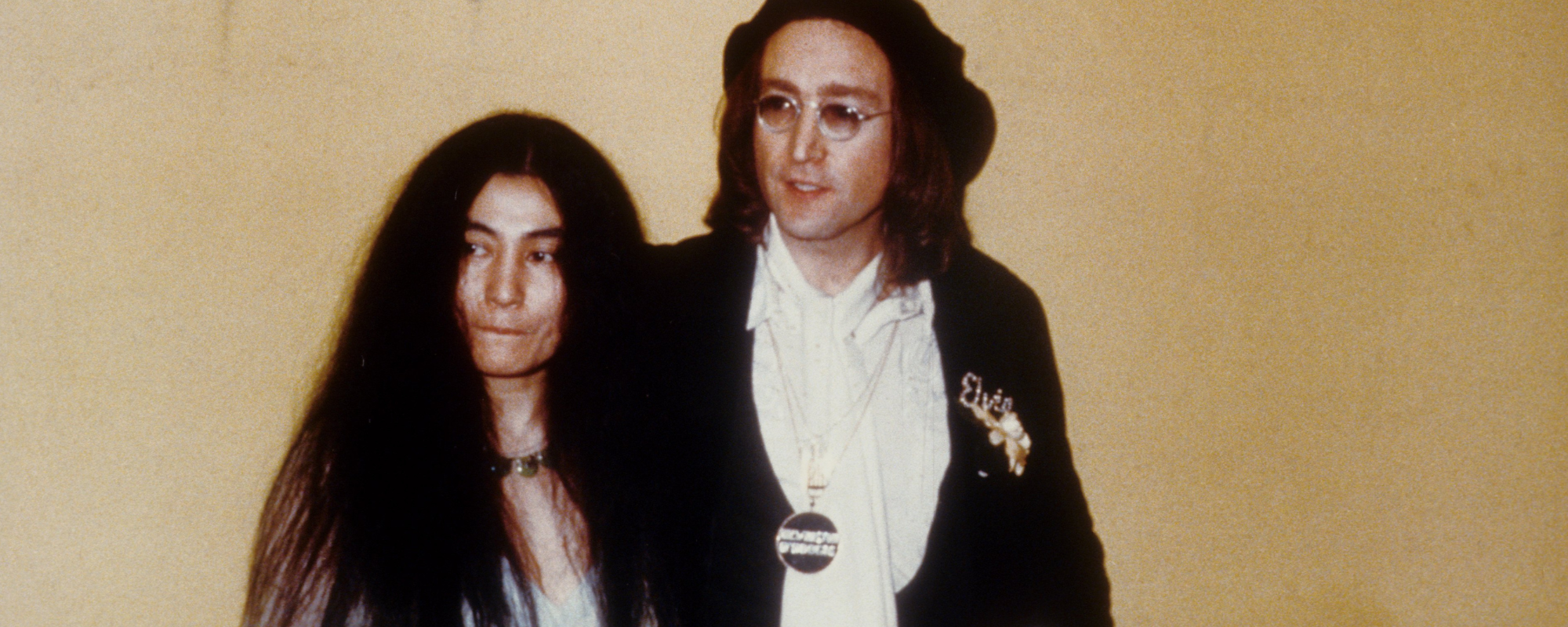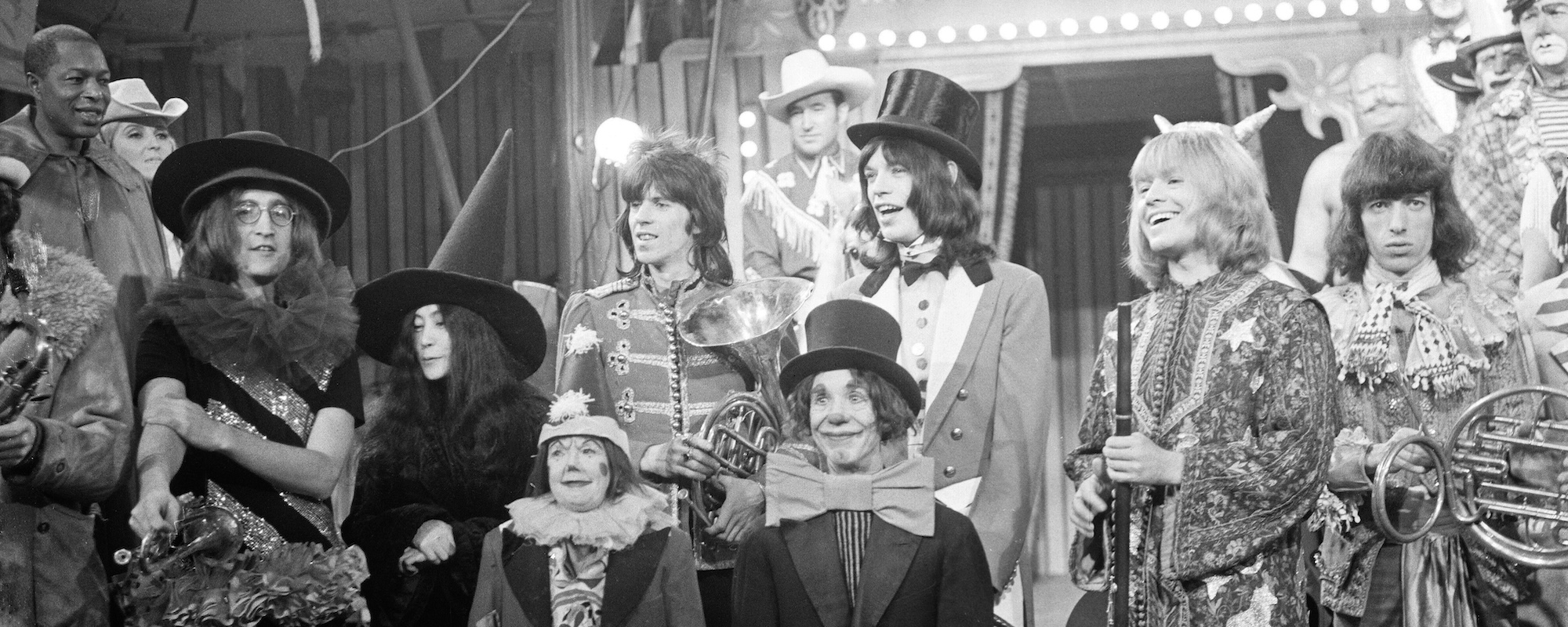John Lennon could have made it easy on himself with his first solo album by sticking close to what he had done with The Beatles. Instead, he delivered a searing opus called John Lennon/Plastic Ono Band that stunned fans with its confessional intimacy and unpretty musical presentation.
Videos by American Songwriter
This was not in any way some kind of premeditated move by Lennon, but rather a case of him releasing this music because he had to do it if he wanted to retain his sanity. Let’s take a look back at the circumstances surrounding this fierce, brave LP.
The Screaming Battle
The rest of the world knew about The Beatles’ breakup in spring of 1970, but the group themselves found out in late ’69 when John Lennon announced at a meeting he was flying the coop. When that reality started to set in during the early part of 1970, Lennon was in a somewhat raw state. He was still struggling to kick his addictions, while also processing what his life would be outside the cocoon of the Fab Four.
Around that time, he was sent a book by Dr. Arthur Janov, who was gaining notoriety for a new kind of therapy known as “primal scream.” It intrigued Lennon and wife Yoko Ono so much that the duo had Janov visit them in England. They also traveled to Los Angeles for sessions with Janov there.
The idea behind the practice was for patients to confront formative, traumatic events from their past until they literally scream in response to this rediscovered anguish. In Lennon’s case, that meant looking back to his strained relationship with his parents. Although Lennon eventually had some issues with Janov and separated himself from the man, the primal scream techniques stuck with him, causing raw emotions to spill to the surface and into his songwriting.
Old Friends in the Band
Lennon made the bold decision to record the bulk of the album that would be named John Lennon/Plastic Ono Band with just three instrumentalists. He called Ringo Starr to play drums, and Starr provided the steady, stout beat for the rocking tracks. On bass, Lennon utilized his old Hamburg friend Klaus Voorman, who locked in with Starr for a bruising groove. Lennon himself played most of the guitar and/or piano on the record.
The three-piece setup provided a raw, almost punkish jolt to the proceedings. Check out the sneering “I Found Out,” the increasingly tense “Remember,” and the soft-to-loud dynamics of “Isolation” for examples of their tight chemistry. The therapy brought up not just anger and anguish in Lennon, most notably on searing opening track “Mother,” but also the tenderest, most vulnerable emotions, which are on full display on delicate ballads “Hold On” and “Look at Me.”
Lennon indulged in Dylanesque straight talk on “Working Class Hero,” piercing his own myth while also trying to get his audience to see past the facades in their own lives. Then there’s “God,” a stunning piece that includes the artist negating religious icons, historical figures, and fellow musicians, finally ending on I don’t believe in Beatles as the music briefly drops away to emphasize the point. That point: That Lennon himself, as well as all those listening, had to find and love their true selves free of outside influence, before anyone else could hope to find and love them in return.
John Lennon/Plastic Ono Band didn’t do the business of the first solo albums by Paul McCartney and George Harrison, and, let’s face it, it’s not for everybody. If you’re looking for music to escape, you probably won’t mind much to cuddle on the record. John Lennon didn’t care about any of that, and that devotion to musical intuition over commercial concern is another reason why the LP is such a triumph. Besides, he wasn’t unearthing any demons lurking within listeners that he wasn’t also battling for dear life himself.
When you purchase through links on our site, we may earn an affiliate commission.
Photo by Steve Morley/Redferns












Leave a Reply
Only members can comment. Become a member. Already a member? Log in.